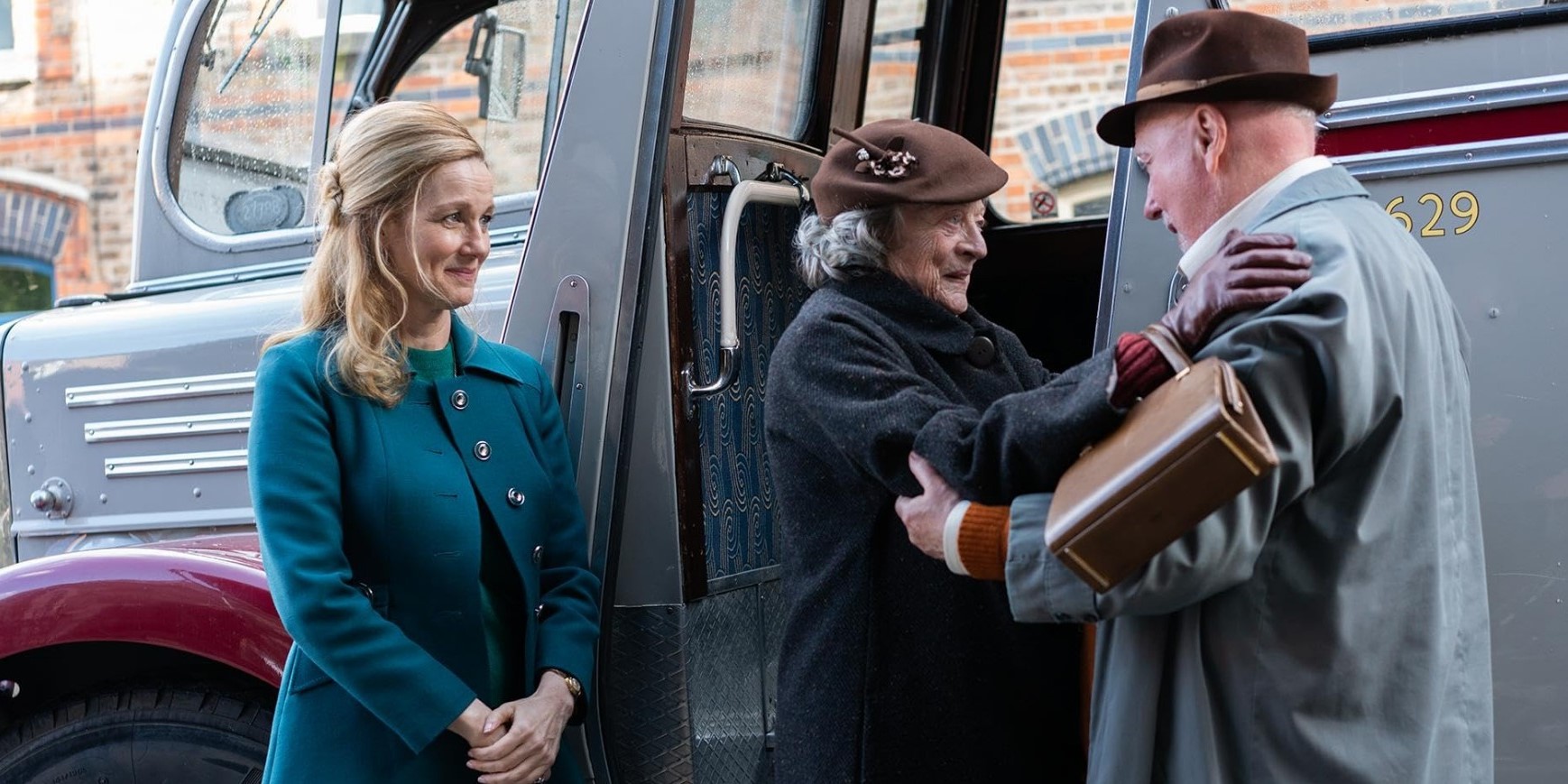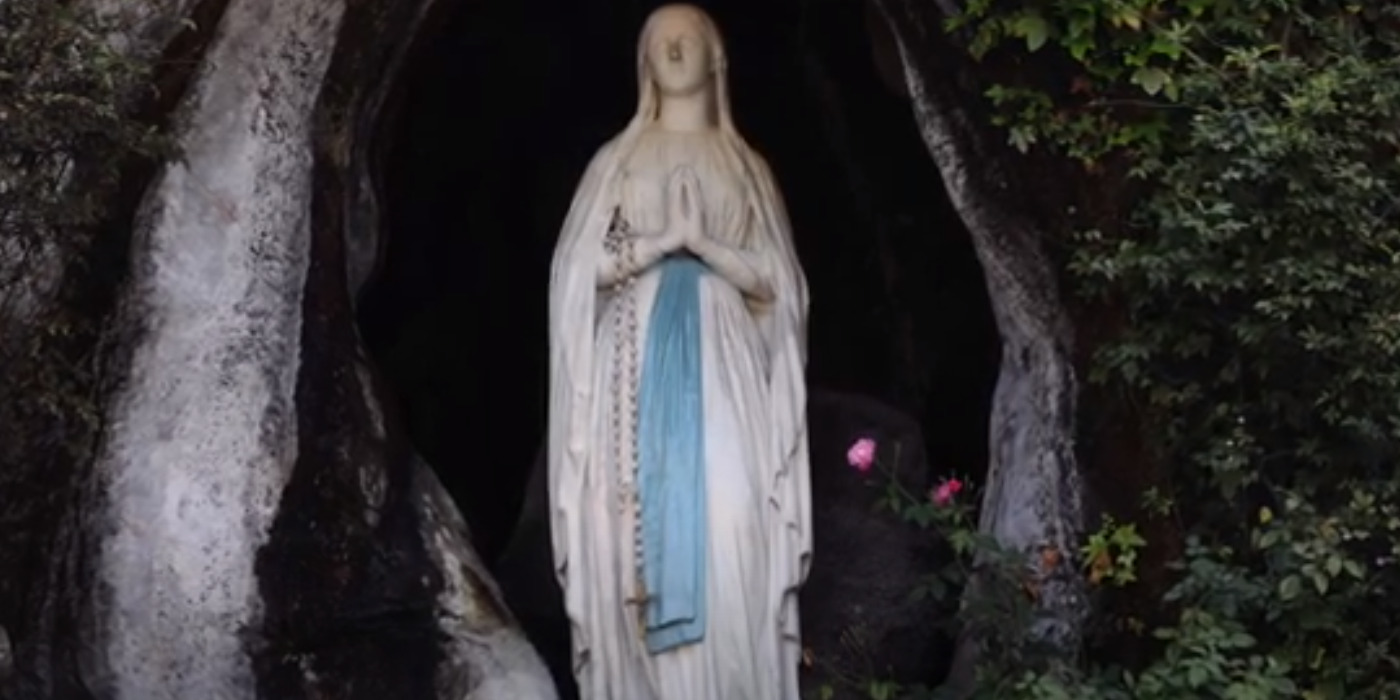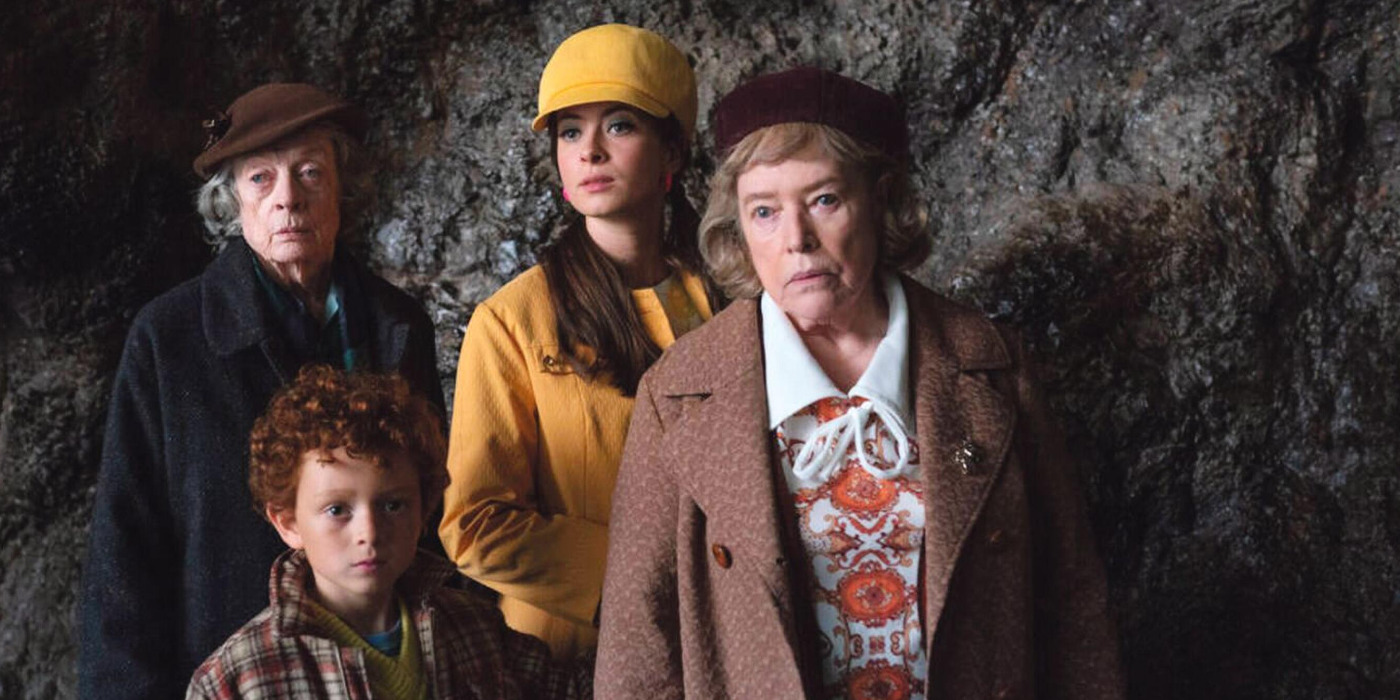Thaddeus O’Sullivan’s ‘The Miracle Club,’ sporting a star-studded cast with Maggie Smith, Kathy Bates, Laura Linney, and others, presents a story about a trip undertaken in search of a miracle. In Ireland, the women of the small town of Ballygar yearn for a pilgrimage to Lourdes, a French town recognized as holy in the Catholic faith. However, as the local priest, Father Dermot Byrne, and a fundraiser help Lily, Eileen, and Dolly achieve this dream, Chrissie Ahearn’s return to town after her contentious banishment poses new problems. Thus, in embarking on this journey, the Ballygar women find themselves confronting their past and the future as they await a miracle in the present.
In following the protagonists’ trip from Ballygar to Lourdes, the film seamlessly utilizes both regions as intrinsic elements of the story’s thematic and narrative storytelling. As such, the characters’ fates, backstories, and motives remain tied to these two towns, compelling fans to wonder about their origins in reality.
Ballygar: A Real-Life Small Irish Town
The Ballygar town, native to the central characters in ‘The Miracle Club,’ is an actual town in County Galway in the West of Ireland. Ballygar holds a rich history dating as far back as 1585— when it was recorded as a market/trading center town. A couple of centuries later, by 1840, the town— under Denis Henry Kelly’s supervision— reportedly grew into one of the best market towns in the area. Consequently, the town’s population grew rapidly, reaching three hundred and sixty-three residents.

Over the years, development continued within the thriving town, leading to the establishment of several recognizable landmarks, such as the St. Mary’s Catholic Church, the Protestant Church, and The Grand Bridge. Today, Ballygar stands as a flourishing small town known for its tourism and annual Carnival, a music and dance hub first established in 1945. However, despite the town’s real-life basis, its equipment in ‘The Miracle Club’ remains more surface level.
The film revolves around the lives of women in a small Irish town as they undergo the trials of life in the mid-1960s. Therefore, with a narrative that scrutinizes the social environment of the time, Ballygar becomes the perfect small-town setting for the storyline. Furthermore, much of the town’s depiction holds its inspiration in screenwriter Jimmy Smallhorne and director Thaddeus O’Sullivan’s respective upbringings in Dublin’s small town.
Consequently, even though the film employs Ballygar as its geographical location, some of Dublin’s influence bleeds into the town’s on-screen depiction. Thus, although the town is a real-life place in Ireland, the events depicted within the film and their connection to Ballygar remain largely fictitious.
Lourdes: The French Town and Its Miracle Granting Grotto
Lourdes, the French town near the Pyrenees mountains, is a real-life town known as a site of pilgrimage visited by numerous believers, especially within the Catholic faith. The location finds its history and mythology from the belief that a poor miller, Bernadette Soubirou, witnessed the sight of Mary, Mother of Christ, on multiple occasions. One such occasion found Bernadette drinking from the spring at Mother Mary’s behest, which turned the muddy area into a clean, flowing water source the next day.

As such, millions of pilgrims journey to visit the site where the chapel is built. The pilgrimage is undertaken in the hopes of cleansing their sins and finding miraculous cures for their ailments from the grotto’s spring water, which is believed to have healing abilities. As such, the site and the town itself remain a holy space, especially for Catholics.
The town held some significance in filmmaker O’Sullivan’s life and childhood, as he grew up in a Catholic household where his parents and his neighbors visited the Lourdes in relative frequency. Consequently, he was able to infuse the holy site’s on-screen portrayal with authenticity.
Discussing the same in a conversation with The Moveable Fest, O’Sullivan said, “The thing that myself and [screenwriter] Tim Frager used to talk about all the time— because he’s been to Lourdes a lot— [was] the Lourdes effect, which is to say people who weren’t believers would go to Lourdes, and they’d be quite overwhelmed by the mood of those people who are dedicated to the whole thing of Our Lady and the Holy of Miracles and to see that spiritual engagement was very moving for people who are often non-believers.” Thus, the film’s depiction of this holy town remains rooted in the director and screenwriters’ experiences in real life.


You must be logged in to post a comment.